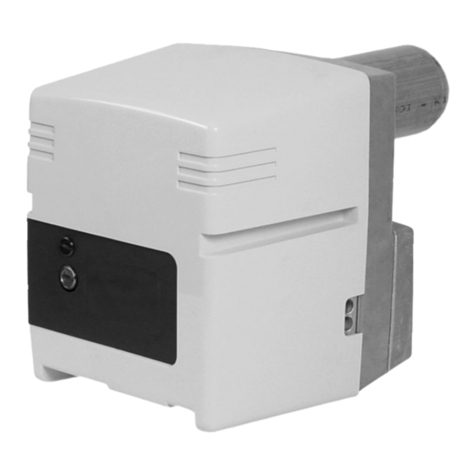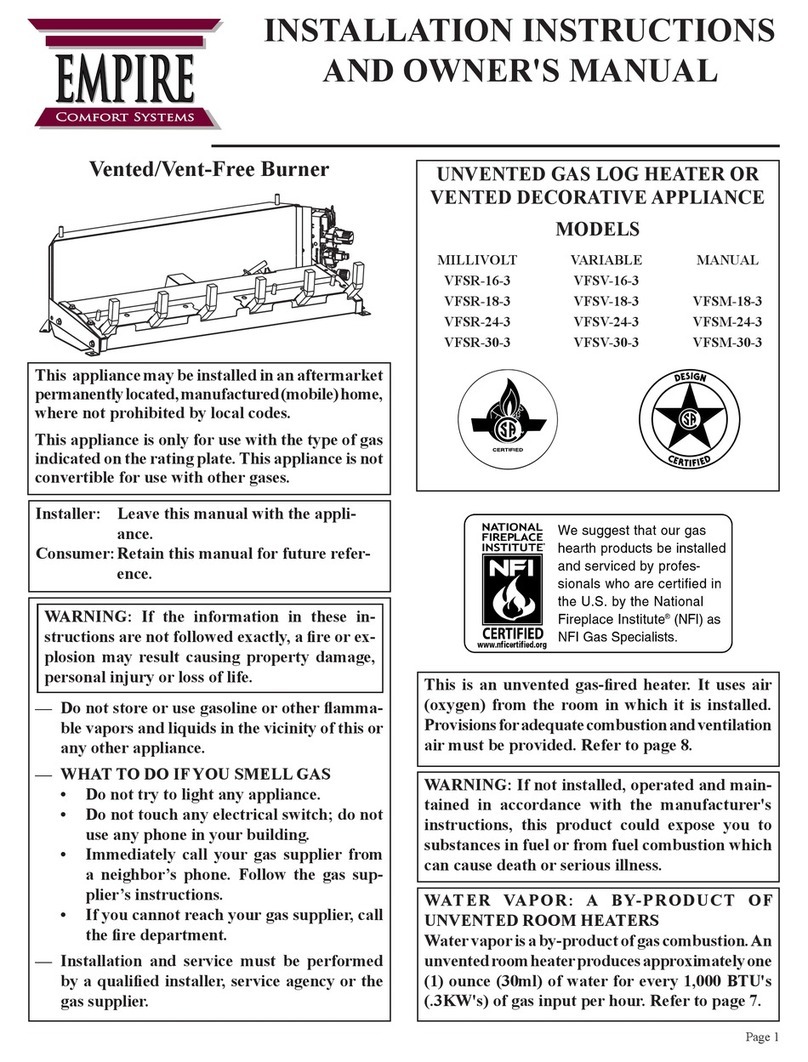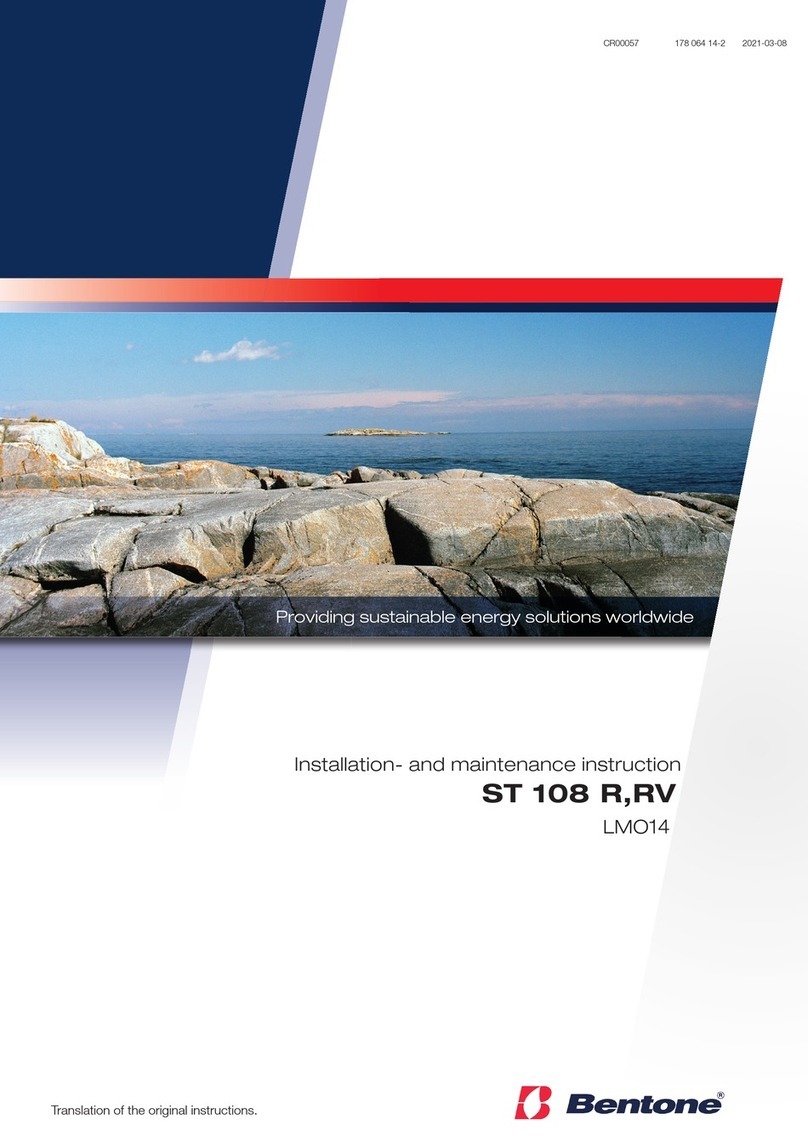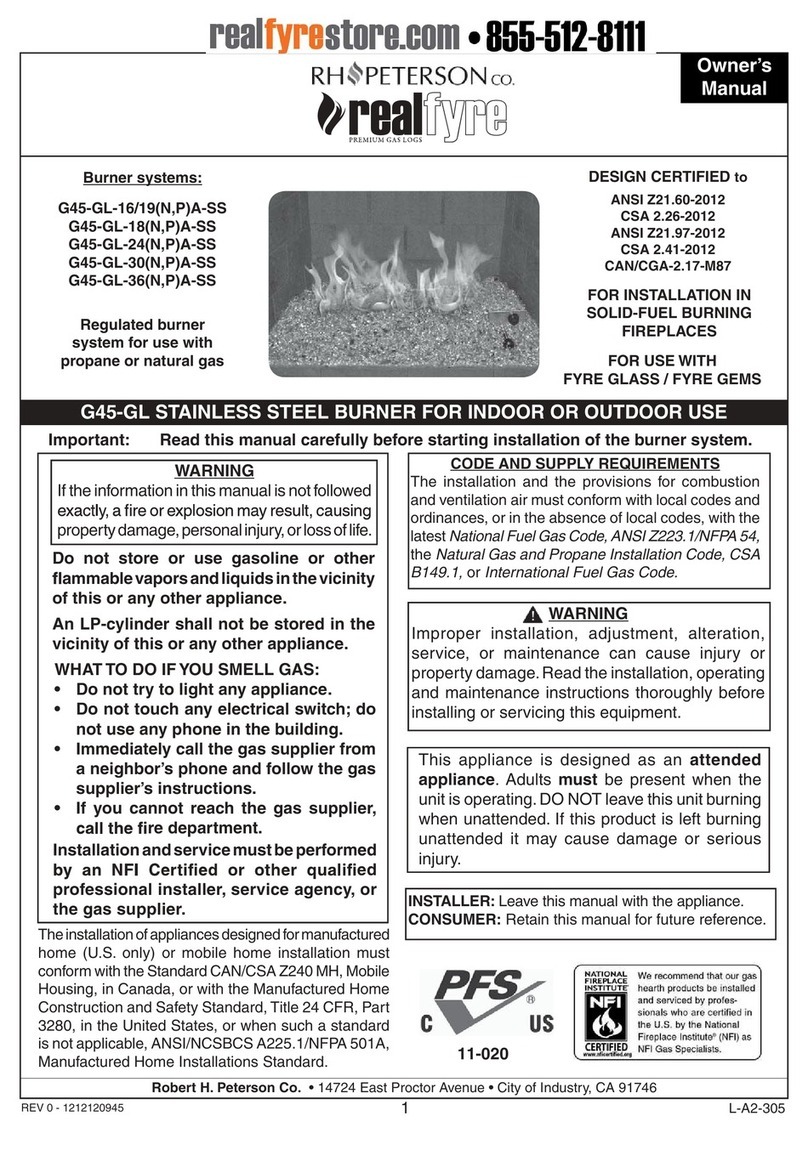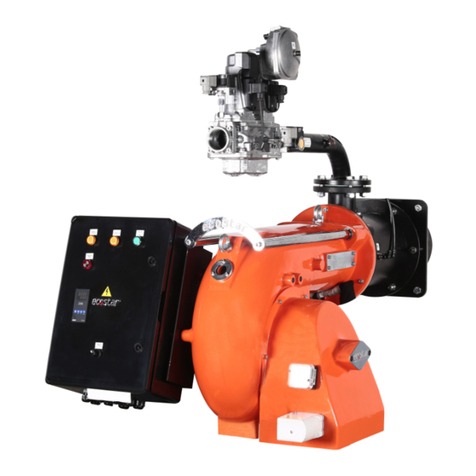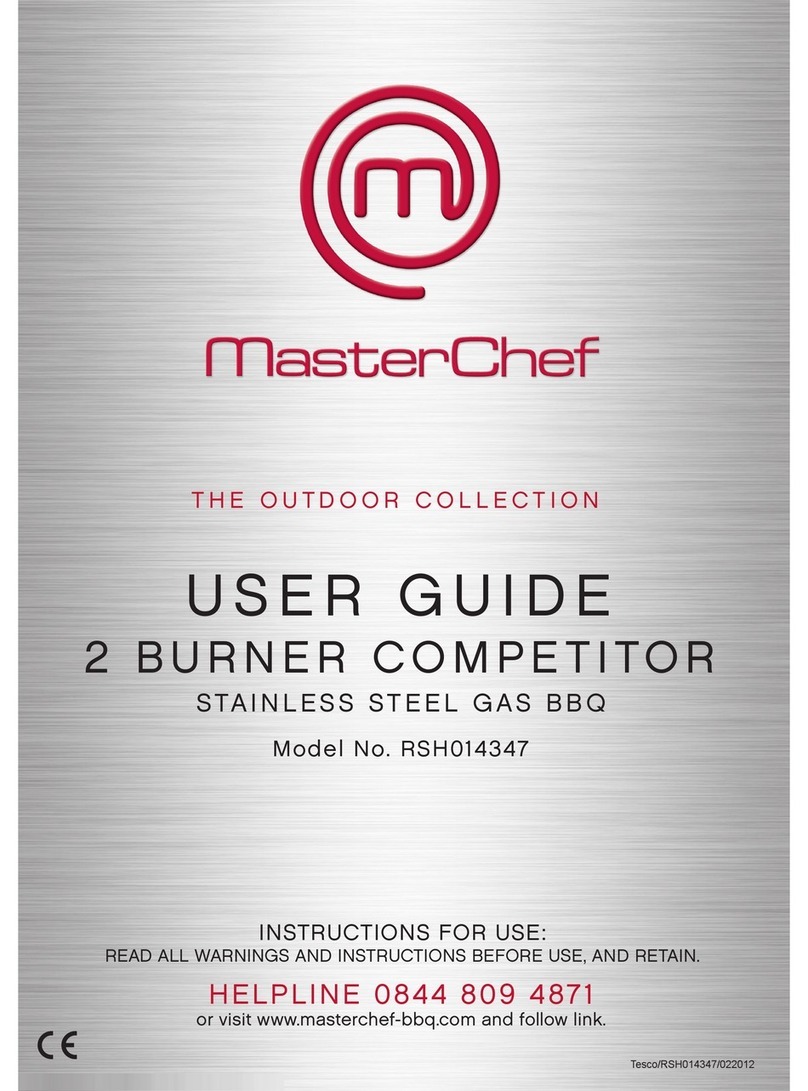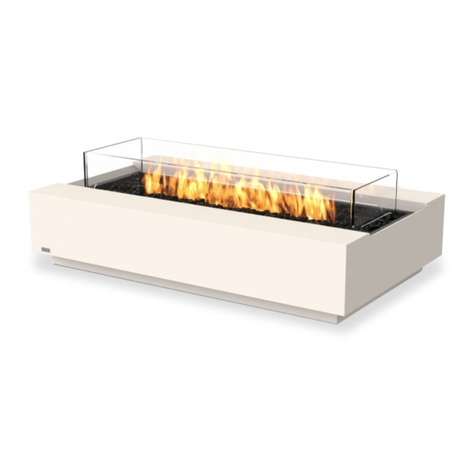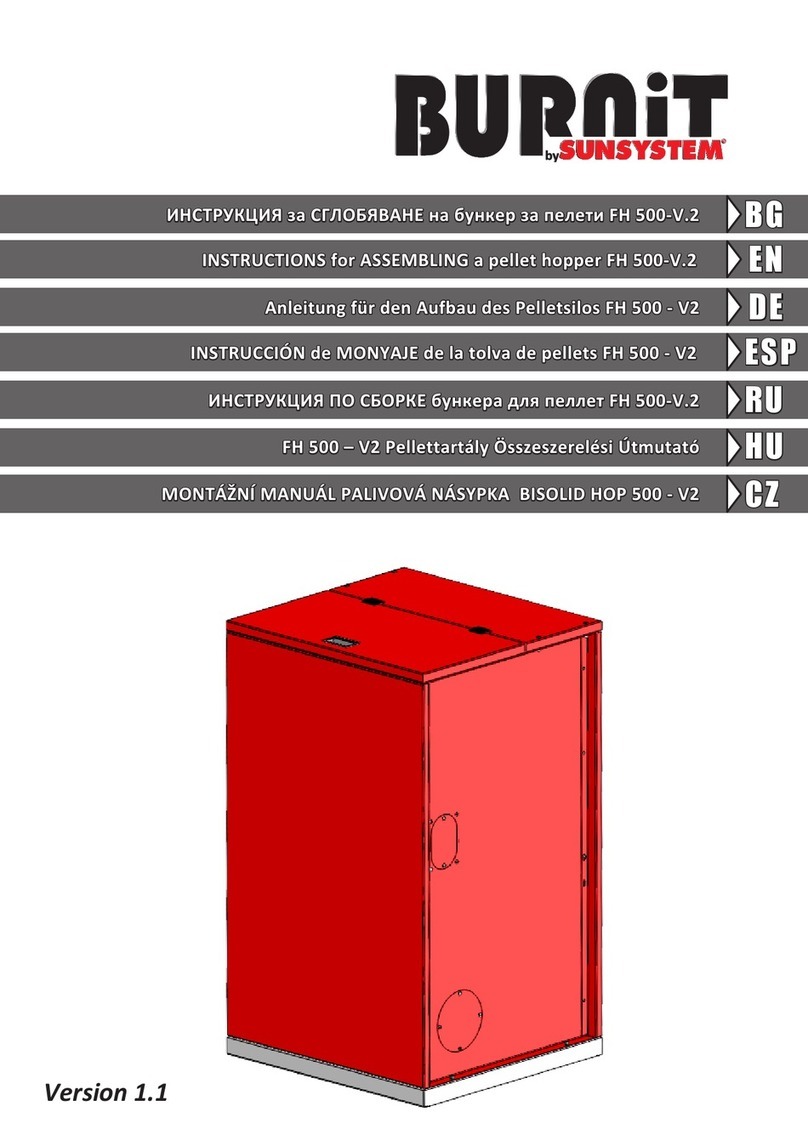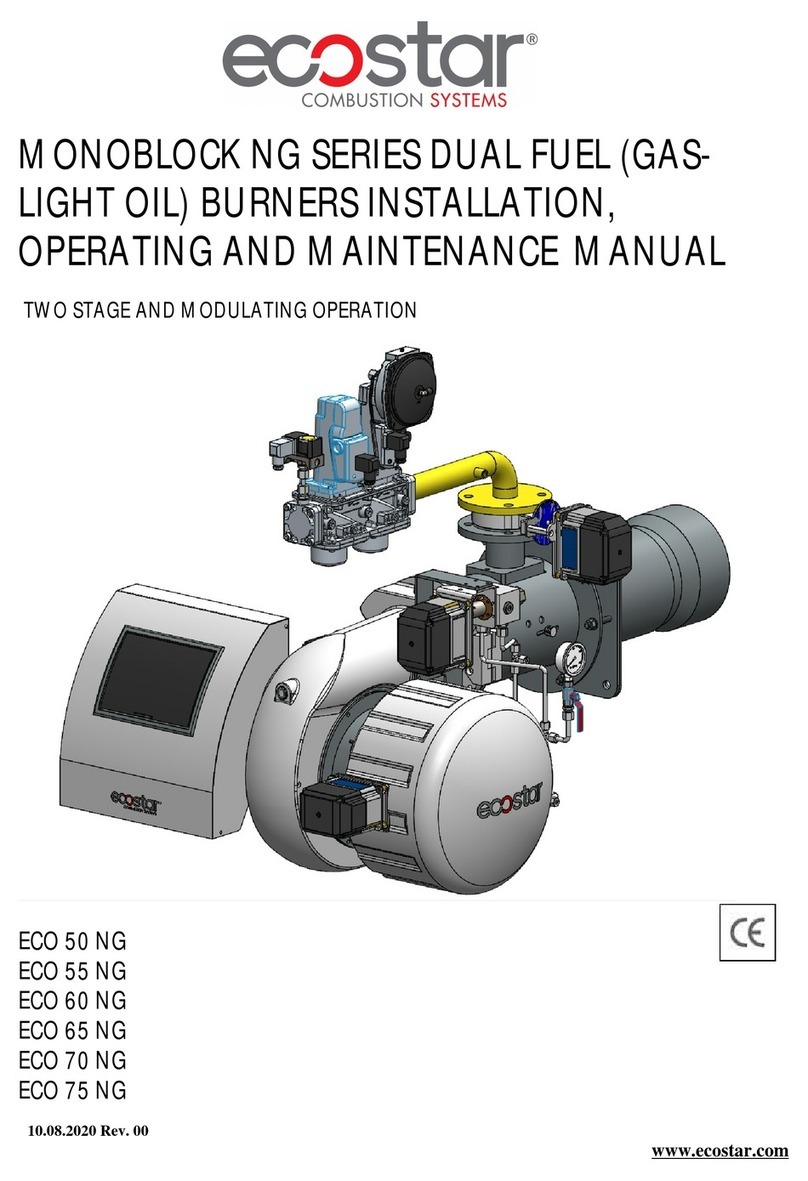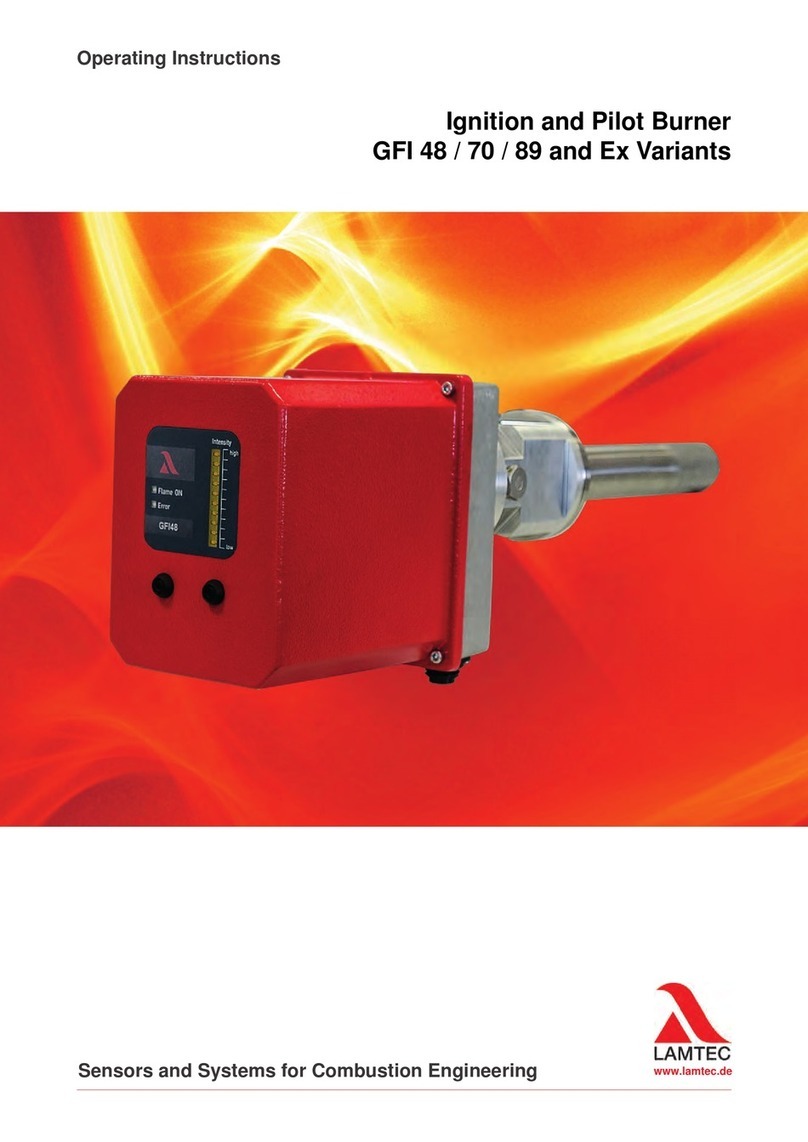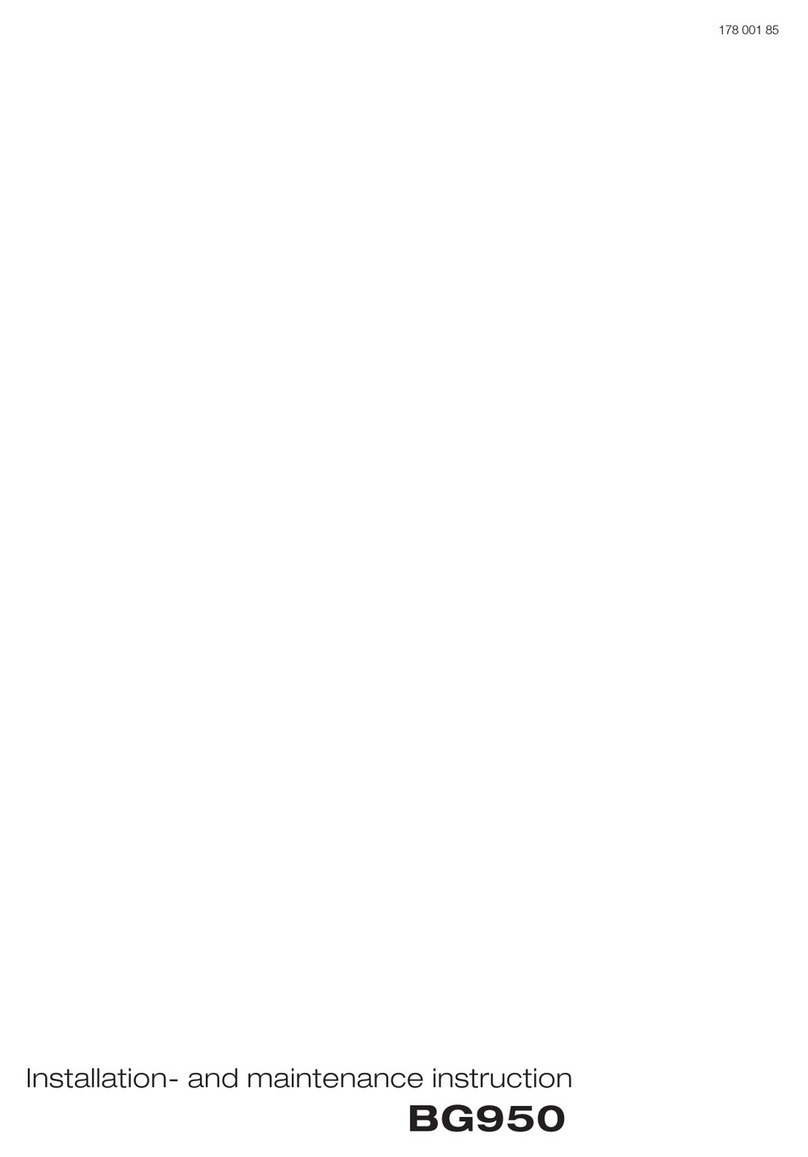CONNECTING AND DISCONNECTING LP & NG
Connect LP Gas Tank
Before connecting, be sure that there is no debris
caught in the head of the LP gas tank, head of the
regulator valve or in the head of the burner and
burner ports.
Connect regulator/hose assembly to tank by
turning knob clockwise stops.
Disconnect LP Gas Tank
Before disconnecting make sure the LP gas tank
valve is "CLOSED."
Disconnect regulator/hose assembly from LP gas
tank by turning knob counterclockwise until it is loose.
Caution: LP gas tank must be properly disconnected
and removed prior to moving this pit.
Connect NG
1. A professionally-installed shut-off valve between thesupply
piping and the socket is recommended, but not required, by the
National Fuel Gas Code. Socket connectionmust bemade outdoors.
2. Coat thegas supply pipenipple with gas-resistant pipedope or approved teflon tape. Screw socket onto gas
supply pipe(house gas source) , and wrench-tighten.
3. Pullback the sleeve on the quick disconnect socket and insert theunattached end of the gas hose into the
socket. Release thesleeve andcontinuepushing thehose into the socket untilthesleeve snaps into the locked
positon.
4. Whenthequick disconnect socket and the gas hose are connected, a valve in thesocket opens automatically
to permit full gas flow. When the gas hose is disconnected, the valve in thesocket instantly and positively shuts
off the flow of gas, the grill canbe disconnected from thegas source by disconnecting thegas hose from the
quick disconnect socket. The socket should be left attached to the gas source(hose piping).
Disconnect NG
With proper assembly, the gas hose cannot be removedwithout pushingthequick disconnect sleeve back. To
disconnect, push sleeve back and pull plug out of sleeve (this automatically shuts offgas).
The appliance and its individual shut off valve must be disconnectedfrom thegas supply piping system during
any pressure testingon that system at test pressures in excess of 1/2 psi(3.5kPa).
Theappliance must beisolatedfrom the gas supply piping system by closing its individual manual shutoffvalve
duringany pressure testingof the gas supply pipingsystem at test pressures equal to or less than1/2psi(3.5kPa).
This appliance can use two types of fuel/gas: LPG-Propane OR Natural Gas
Suitable LP gas tank size for this appliance is 20 lb (9.1 kg)
Do not fill the LP gas tank with more than 80% liquid gas
The inlet gas supply pressure for the purposeof input adjustment pressure:
LPG-Propane 28cm (11 in) w.c.(2.74kPa)
Natural Gas 18cm (7 in) w.c.(1.74kPa)
The appliance must be isolated from the gas supply piping system by closing its individual
manual shutoffvalve during any pressure testing of the gas supply piping system at test
pressures equal to or less than 1/2psi (3.5kPa)
The LP-gassupply cylinder to be used must be: constructed and marked I accordancewith the
U.S. Department of Transportation (D.O.T.) Specifications for LP-Gas Cylinders. Provided with a
listed overfilling prevention device, and provided with a cylinder connection device compatible
with the connection for the appliance.
WARNING: Make sure LP gas tank valve is closed.
Closeby turning valve clockwise.
Place the LP gas tank upright into the tank tray and secure the tank by screw.
LP GAS




















